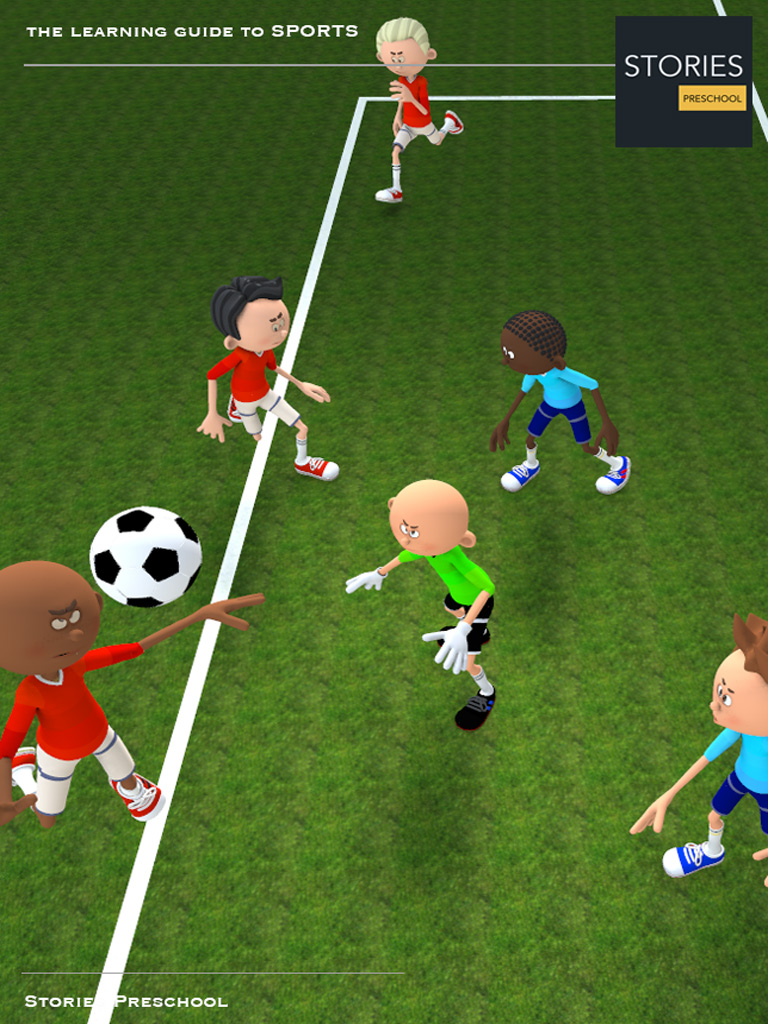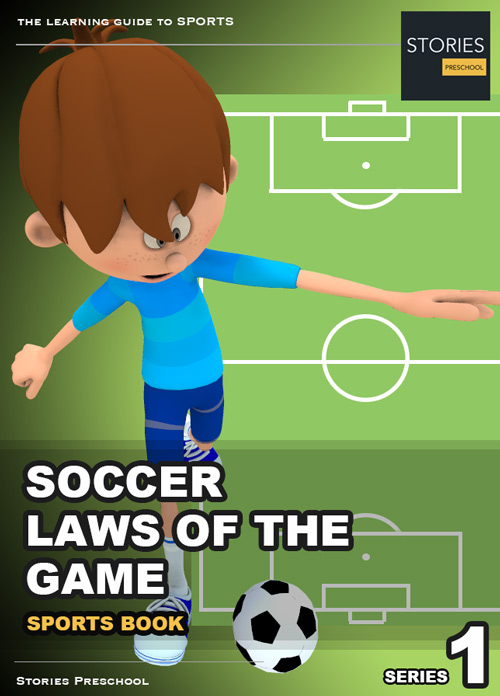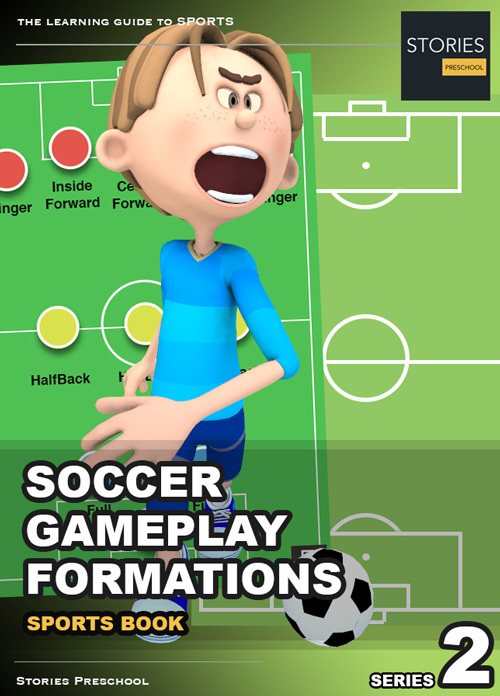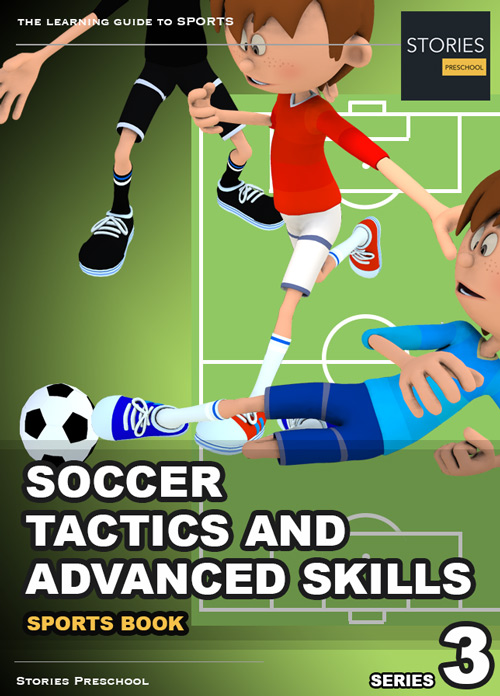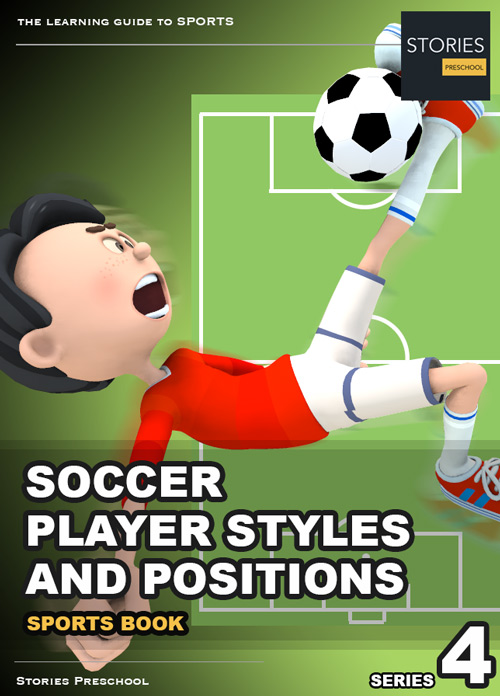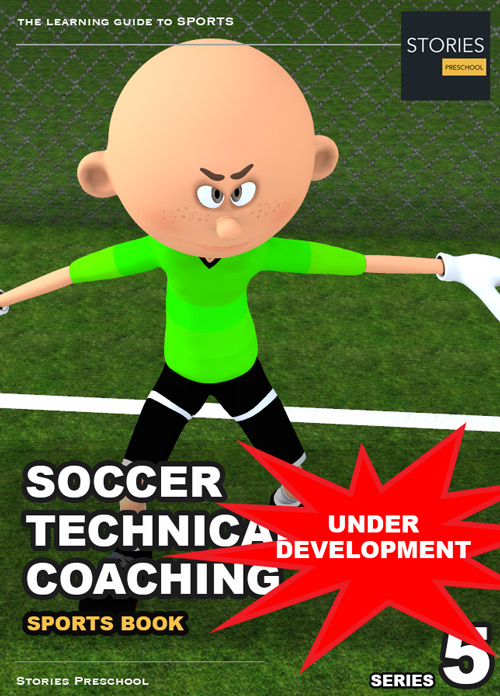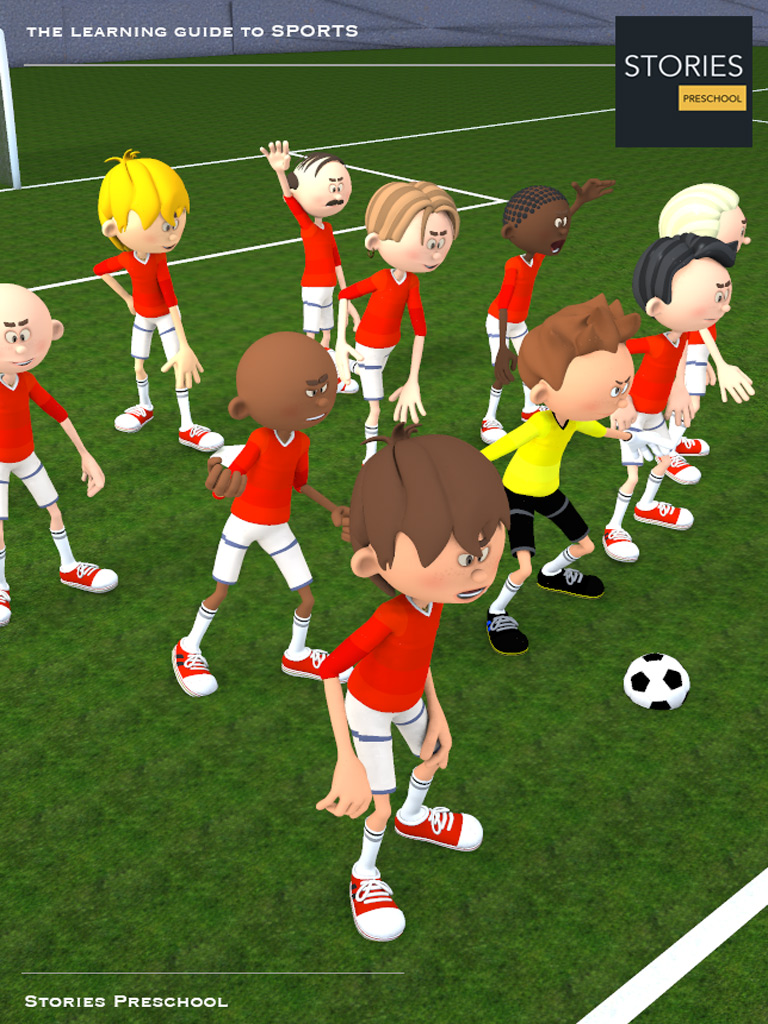Soccer
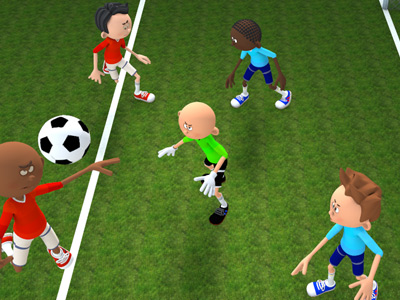
The Three-Man Move
Effectiveness of three-man strike teams. The three-man move is another very effective weapon in the attacking arsenal. It is distinguished from simple passing between players in that the initiator of the move finishes it with a shot on goal or a well-placed pass leading to a shot. It is thus a collaboration of three distinct players. Famous three-man strike teams are legendary in football, from the earliest days, through the famous Hungarian sides of the 1950s, to the "clockwork orange" of the Dutch masters in the 1970s, through the German, Italian, French, Argentinian, Brazilian, and other teams of the contemporary era. The three-man package can be more effective than the two-man combo because it gives more attacking options and causes more confusion in the defense. The initial pass cannot be quickly cut off as in the two-man maneuver which really has only one option. Typically the second pass in the three-man move lures and diverts defenders on to false ground. This gives the initiator of the sequence time to run into an advantageous position. Triple player collaborations of course do not operate in isolation – they have other supporting players – but the tight three-man exchange still remains a fundamental pillar of successful attacking play.
Brazil vs Uruguay 1970 – strike package: Jairzinho – Pelé – Tostão. The example below, is drawn from one of the most famous strike teams in World Cup history- Pelé, Tostão and Jairzinho. This goal, against Uruguay in the 1970 semi-final, captures the power of the move. The fast winger Jairzinho set the stage- dribbling down the right flank before finding Pelé ahead. Tightly marked, and with his back to the goal, Pelé immediately played a subtle pass to Tostão. The Brazilian center-forward drew the defense to him with a short dribble before finding Jairzinho again on the wing. This exchange of passes gave Jairzinho a lead on other defenders and he made the most of it – accelerating down the wing, selling a dummy (letting the ball run after pretending to stop and play it) on Uruguayan defender Matosas, and muscling him aside as he approached the enemy goal. Uruguayan keeper Mazurkiewicz came off his line but it was simply too late, as Jairzinho slotted the ball into the net. Of note in this sequence is the attacking space created by the tight exchanges between Jairzinho, Pelé, and Tostão. Even the Uruguayans, playing one of the most densely packed, solid defenses seen in a World Cup could not stop it. Jairzinho is surrounded by opposing defenders when the sequence starts, but at the end, he only has one to deal with. Also of note is the unselfish passing of Brazilian striker Tostão, with his skill creating countless openings for his teammates throughout the 1970 tournament.
SPORTS
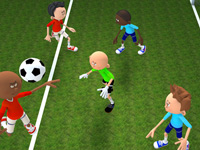
RESOURCES
This article uses material from the Wikipedia articles "Association football" and "Association football tactics and skills", which is released under the Creative Commons Attribution-Share-Alike License 3.0.
© Stories Preschool. All Rights Reserved.
